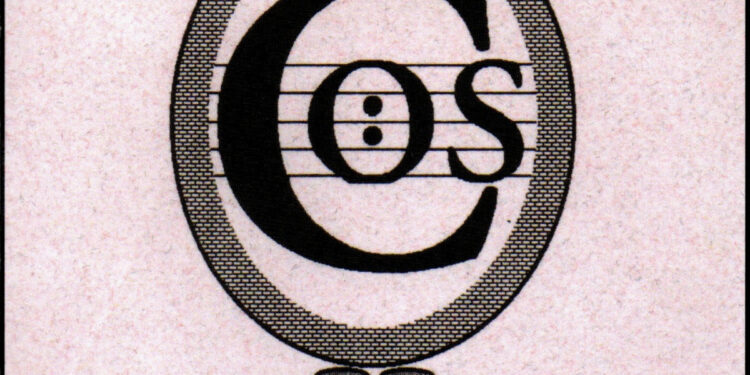
With the vocals of Peter Gabriel, the synths of the Starland Vocal Band and a composition style the like of Yes, pianist, composer and multi-instrumentalist Mark Costoso’s style could be seen as a mixed back to say the least, especially when you throw in his jazz background. It’s an interesting way in which Cos deigns to mix all these styles; progressive rock, adult contempo and electronica don’t always make the best of bedfellows. With his third album, Grace, however, Cos seems to have found his stride.
It seems to have been a significant learning curve for Costoso, a lifelong musician who began studying jazz piano at age 13, to get to that unique blend of sound. A clear progressive and hard rock fan from his first album, 2002’s The Turning Around. With a heavy influence from the likes of Kansas, Yes and Utopia’s Todd Rundgren, this album was almost all rock, with only a few peeks of piano or keys.
Once the first solo album was out for Costoso, he worked on other projects but in 2016 decided that working with bands was more frustrating than rewarding and took on solo producing with even more gusto, releasing the semi-self-titled Cos in September of that year. Now lit up even more with his virtuosic piano style, Costosos’s style became much more jazz-focused and melodic. Tracks like “Mountain or Rope” are so jazzy and fluid, in fact, they could be mistaken for Steely Dan or Michael McDonald. This style clearly suits Costoso, but it’s just as clearly not the whole story.
Cos seemed to be a bit of a turning point for Costoso, as it not only contained a wider range of styles but brought out his experimental side. He didn’t have to be just one thing, and the experimental itch was certainly there in this second album, as well as the first lashings of electronic production. Now with Grace, released in late 2021, it seems Costoso has found a way to merge all his musical loves.
From the first bars of the nine-minute epic opening track “The Greatest Gift,” it’s clear Cos has found a way to lay all his compositions in the right place. Anchored in his first love progressive rock, Grace explores jazz, rock, theatrical production, loads of different types of synths and electronica, both in the sound design and the foregrounds of each track. With “The Greatest Gift” containing clear nods to the likes of Jethro Tull and Yes, second track is a merging of 80s synth pop and these progressive greats via layers and layers of creative vintage synth work.
From the all-piano title track and more experiments in merging 60s and 70s prog rock with 80s new wave, Grace moves surprisingly into modern-era progressive metal/nu metal with all its lush production and intensity with the Resurrection series of tracks. With an intense vocal contribution by an unknown female vocalist, fans of Evanesence especially will enjoy these tracks.
Another big change worth noting that makes a big difference in Grace is Costoso’s vocals. He seems to have found a texture and timbre that works for him in this album, going more raspy and soft in most of the tracks rather than belting everything to the rafters. The effect is more of a connection between the music and the vocal melody, as well as a more emotive effect for the audience. This is handy in ballad-style tracks like “Gina,” or jazzy numbers like “Salt Hay” where Costoso’s voice takes on a sort of Van Halen-era David Lee Roth quality but also in tracks with sharper synths like “Wanderlust,” where a gravely, Peter Gabriel or Chris Cornell-style vocal brings a nice contrasting texture to the sound. It’s composition decisions like this which make Grace stand apart as a progression from Cos’s previous albums.
With his style clearly still evolving, Grace seems to be the release where Costoso as Cos has really found his sound, especially compositionally. Putting together jazz, prog rock, electronica and more has got to be one tough balancing act, but in this seminal album, it seems Cos is now walking that tightrope with ease.
Grace is out now and can be streamed on Spotify or purchased on Bandcamp.
